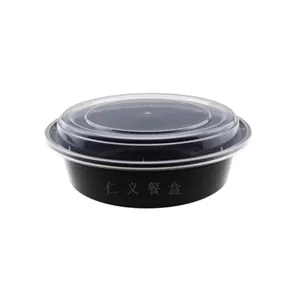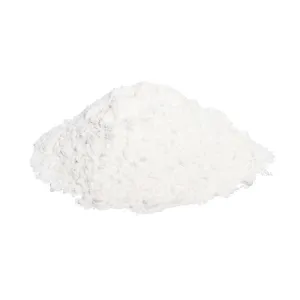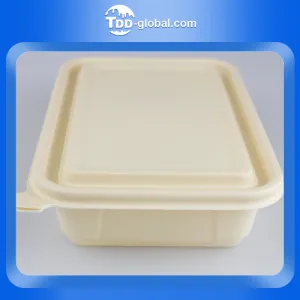Baoji Titanium Industry Research Institute
95,951
June 20, 2024, 5:25 PM
In the field of AM, titanium alloy is becoming one of the most attractive materials because of its excellent properties and wide application prospects. The purpose of this paper is to deeply discuss the application of titanium alloy in 3D printing, and analyze its characteristics, types and applications in aerospace, medical and other key fields. Titanium alloy is a kind of metal material with high strength, low density and excellent corrosion resistance, which is composed of titanium and other metal elements, such as aluminum, vanadium, etc. Because of its unique properties, titanium alloys are widely used in aerospace, automobile manufacturing, medical implants and other fields. With the rapid development of 3D printing technology, the manufacturing of titanium alloy has become possible, which provides a new solution for the manufacture of complex parts.
1. Characteristics of titanium alloy Titanium alloy has the characteristics of high strength, low density, excellent corrosion resistance and biocompatibility. Its strength is equal to that of stainless steel, but its density is only about half of that of stainless steel, so it has excellent lightweight performance. In addition, titanium alloy has strong resistance to acid, alkali and other corrosive media, so it is suitable to be used in harsh environment. At the same time, the biocompatibility of titanium alloy makes it an ideal material for medical implants.
Second, there are many kinds of titanium alloys used for 3D printing, among which Ti6Al-4V alloy is one of the most common and important titanium alloys. The alloy has excellent comprehensive properties, such as high strength, good toughness and corrosion resistance. In addition, there are titanium alloys such as Ti6Al-4V ELI (low gap element) and Ti-5Al-2.5Sn, which have different properties and are suitable for different application scenarios.
Third, the application of titanium alloy in 3D printing in the aerospace field: titanium alloy has a wide application prospect in the aerospace field. Because of its high strength, low density and excellent corrosion resistance, titanium alloy can be used to manufacture aircraft engine parts, aircraft frames and other key components. Through 3D printing technology, titanium alloy parts with complex structure and excellent performance can be produced, which can improve the performance and reliability of aircraft. Medical field: the biocompatibility of titanium alloy makes it an ideal material for medical implants. Through 3D printing technology, titanium alloy implants that highly match the skeletal structure of patients can be produced, such as artificial joints, dental implants and so on. These implants not only have good biocompatibility, but also have longer service life and lower incidence of complications. The field of automobile manufacturing: titanium alloy also has a broad application prospect in the field of automobile manufacturing. Through 3D printing technology, lightweight titanium alloy parts can be produced, such as engine bracket, suspension system and so on. These components can not only improve the fuel economy and performance of vehicles, but also reduce the emission and noise level of vehicles.
Fourth, the development trend of titanium alloy 3D printing technology with the continuous progress of 3D printing technology and the continuous improvement of titanium alloy material properties, titanium alloy 3D printing technology will have a broader application prospect. In the future, titanium alloy 3D printing technology will pay more attention to the optimization of material properties and the improvement of printing accuracy, in order to meet the manufacturing needs of more complex and high-precision parts. At the same time, titanium alloy 3D printing technology will also pay more attention to environmental protection and sustainable development, reduce production costs and energy consumption, and promote the green development of the industry. To sum up, titanium alloy, as one of the important materials of 3D printing, has a wide application prospect in aerospace, medical, automobile manufacturing and other fields. With the continuous progress of technology and the continuous expansion of applications, titanium alloy 3D printing technology will inject new vitality into the development of more fields.














